What Are Ultrabooks Also Known As?
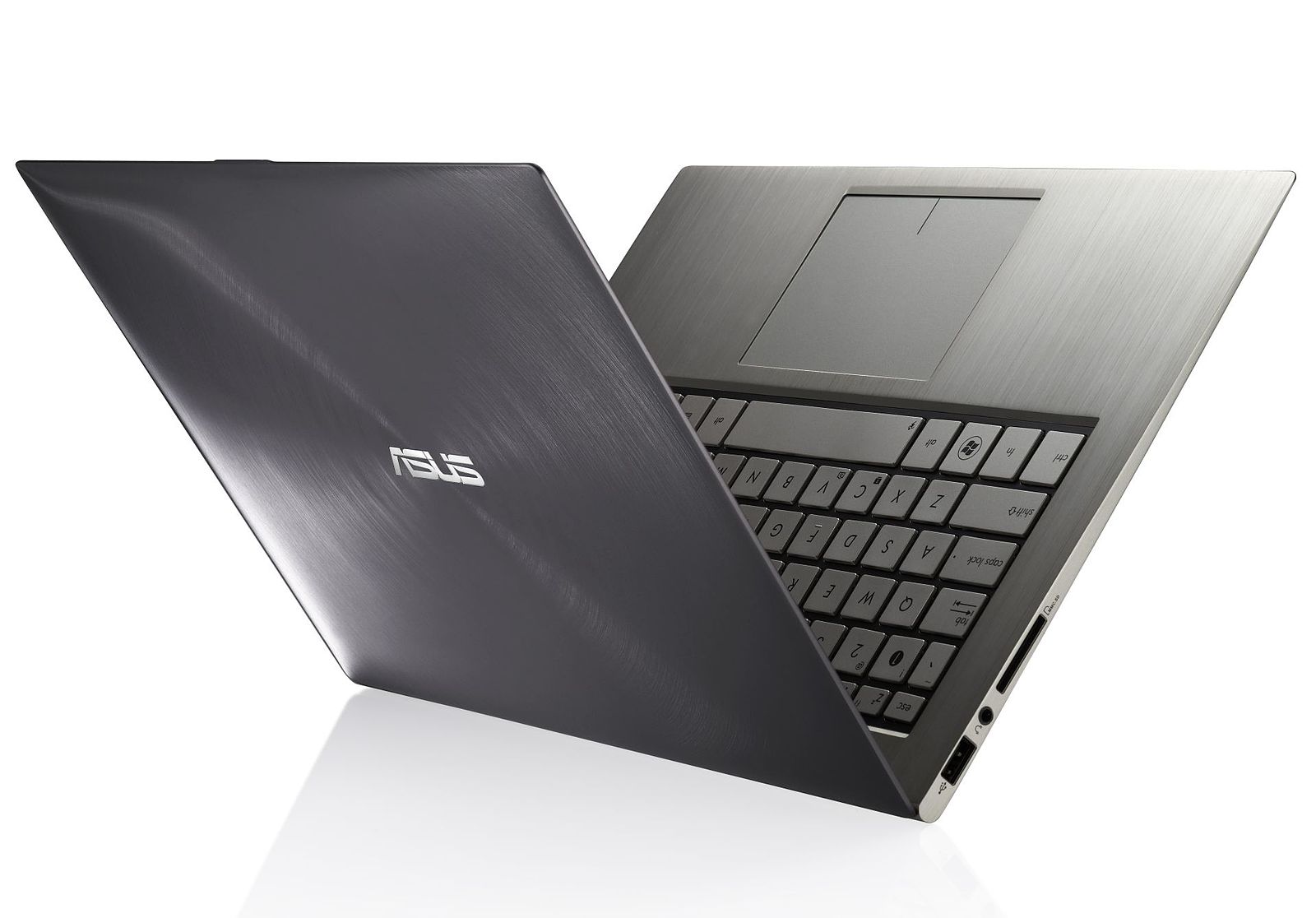
Ultrabooks, those sleek and portable laptops that have taken the tech world by storm, are known by a variety of names. These slim and lightweight devices, favored by professionals and students alike, are often referred to as “super-thin laptops” or “ultraslim notebooks.” With their powerful performance and long battery life, it’s no wonder why ultrabooks have become the go-to choice for those in need of a compact yet high-performing computing solution. Whether you call them ultrabooks, super-thin laptops, or ultraslim notebooks, one thing is for sure – these devices are here to stay. Ultrabooks, also known as sleek and slim laptops, are a popular choice among tech-savvy individuals, professionals, and students alike. These lightweight and portable devices have gained significant attention in recent years due to their impressive specifications, top-notch performance, and exceptional battery life. In this comprehensive article, we will delve into the origin, distinguishing features, and comparisons of ultrabooks with traditional laptops, MacBooks, Chromebooks, and Windows laptops. Additionally, we will explore their deployment in the enterprise, personal use cases, and the future trends of ultrabooks.
Ultrabooks and Its Origin
Intel and the Ultrabook Concept
The concept of ultrabooks was introduced by Intel in 2011, aiming to create a new category of laptops that merge the sleekness and portability of tablets with the power and functionality of traditional laptops. Intel, a renowned semiconductor company, envisioned ultrabooks as a response to the rising demand for thin and lightweight devices in the market. They set rigorous specifications for manufacturers to meet in order for their devices to be classified as ultrabooks.
Ultrabook Specifications and Performance
Ultrabooks are characterized by their impressive specifications, which include ultra-thin and lightweight designs, powerful processors, ample RAM, and solid-state drives (SSD) for storage. These specifications allow for swift and seamless multitasking, efficient performance, and rapid boot-up times. With their high-resolution displays and integrated graphics cards, ultrabooks provide users with an immersive visual experience for various tasks such as graphic design, video editing, and gaming.
Evolution of Ultrabooks Since Inception
Since the inception of the ultrabook concept, these devices have undergone significant advancements in terms of design, performance, and features. Manufacturers have been continuously striving to improve the sleekness, weight, and battery life of ultrabooks. With each iteration, ultrabooks have become more powerful, compact, and energy-efficient. The integration of touchscreens, 2-in-1 convertible designs, and advanced security features has further enhanced the user experience. Today, ultrabooks have become a staple in the tech industry, captivating users with their blend of style and substance.
Distinguishing Features of Ultrabooks
Design and Build of Ultrabooks
One of the key distinguishing features of ultrabooks is their design and build quality. Ultrabooks are meticulously crafted with premium materials such as aluminum or carbon fiber, giving them a sophisticated and premium look. Their smooth finish and slim profiles make them visually appealing and easy to carry around. The keyboards are ergonomically designed for comfortable typing, and the trackpads offer precise control. Overall, the design and build of ultrabooks exemplify elegance and durability.
Portability Aspect of Ultrabooks
Portability is a primary advantage of ultrabooks, making them ideal for users who are constantly on the go. With their slim profiles and lightweight construction, ultrabooks can easily fit into backpacks or briefcases, making them convenient for travel or commuting. Their portability enables users to have their productive workstation wherever they are, whether it’s in a coffee shop, the office, or during business trips. The combination of power and portability makes ultrabooks a valuable tool for professionals and students alike.
Powerful Performance and Battery Life
While ultrabooks excel in terms of portability, they do not compromise on performance. Equipped with powerful processors, such as Intel Core i5 or i7, and sufficient RAM, ultrabooks can handle demanding tasks with ease. Whether you’re working on complex spreadsheets, editing high-resolution photos, or running resource-intensive software, ultrabooks deliver swift and lag-free performance. Additionally, ultrabooks boast exceptional battery life, often lasting up to a full workday on a single charge. This feature ensures uninterrupted productivity without the need for constant charging.
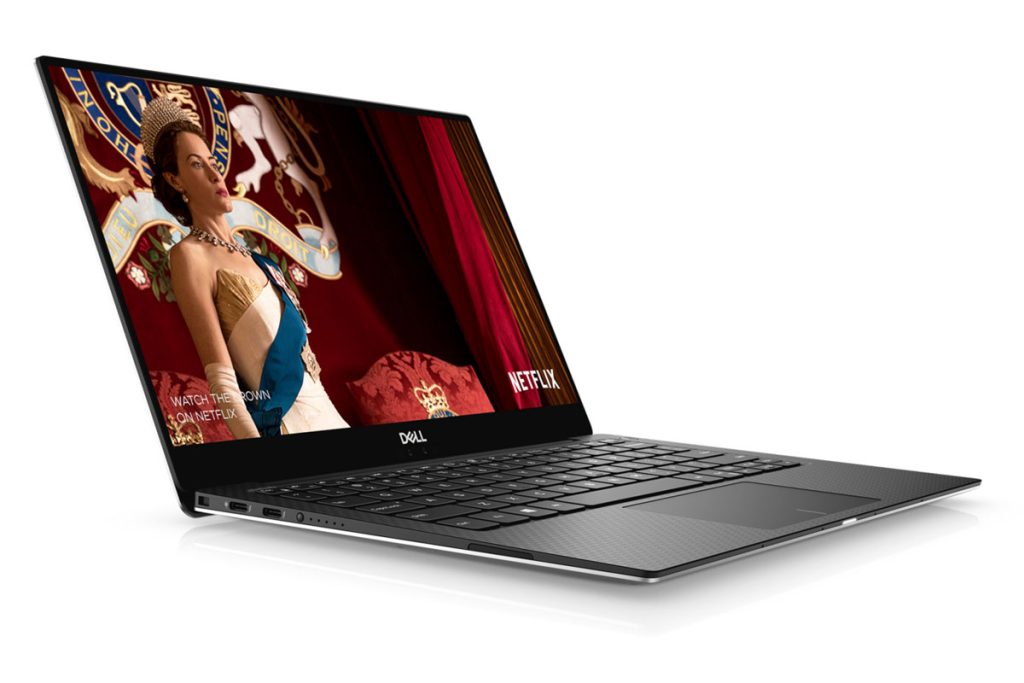
This image is property of techterms.com.
Ultrabooks Vs Traditional Laptops
Key Differences Between Ultrabooks and Laptops
Ultrabooks and traditional laptops share many similarities, but there are key differences that set them apart. The most notable difference lies in their form factor and weight. Ultrabooks are designed to be thinner and lighter than traditional laptops, prioritizing portability and aesthetics. Additionally, ultrabooks often have longer battery life compared to traditional laptops. While traditional laptops may offer more connectivity options, such as DVD drives and extensive port selections, ultrabooks focus on providing a streamlined and minimalist experience.
Comparing Performance and Utility
When it comes to performance, ultrabooks and traditional laptops can be quite comparable, especially in terms of day-to-day tasks like web browsing, document editing, and multimedia consumption. However, traditional laptops tend to offer more customization options and higher-performance configurations, making them suitable for resource-intensive tasks such as gaming or video editing. Ultrabooks, on the other hand, strike a balance between performance and portability, making them ideal for professionals who require mobility without sacrificing productivity.
Price Comparison and Value Proposition
Price is often a significant factor when choosing between an ultrabook and a traditional laptop. Ultrabooks, given their sleek design and premium specifications, tend to be more expensive compared to traditional laptops with similar performance capabilities. However, ultrabooks offer excellent value for those who prioritize portability, aesthetics, and long-term usability. Traditional laptops, on the other hand, provide a wider range of price options, catering to different budget requirements. Ultimately, the decision between an ultrabook and a traditional laptop depends on the user’s specific needs and priorities.
Ultrabooks Alternately Known as Laptops
Similarities with Standard Laptops
Despite being referred to as ultrabooks, these thin and powerful devices share many similarities with standard laptops. Both ultrabooks and laptops run on traditional operating systems like Windows or macOS and provide access to the same software applications and productivity tools. Additionally, they feature similar hardware components such as processors, memory, and storage. This similarity in functionality allows users to seamlessly transition from a laptop to an ultrabook without major adjustments or compromises.
Circumstances in Which Ultrabooks are Called Laptops
In some cases, ultrabooks may also be referred to as laptops depending on the context. This primarily occurs when users use the term “laptop” in a more general sense to describe any portable and compact computing device. Additionally, individuals who are less familiar with the specific category of ultrabooks may simply use the term “laptop” as a catch-all phrase. It’s important to note that while ultrabooks may fall under the umbrella term of laptops, not all laptops meet the specific criteria to be classified as ultrabooks.
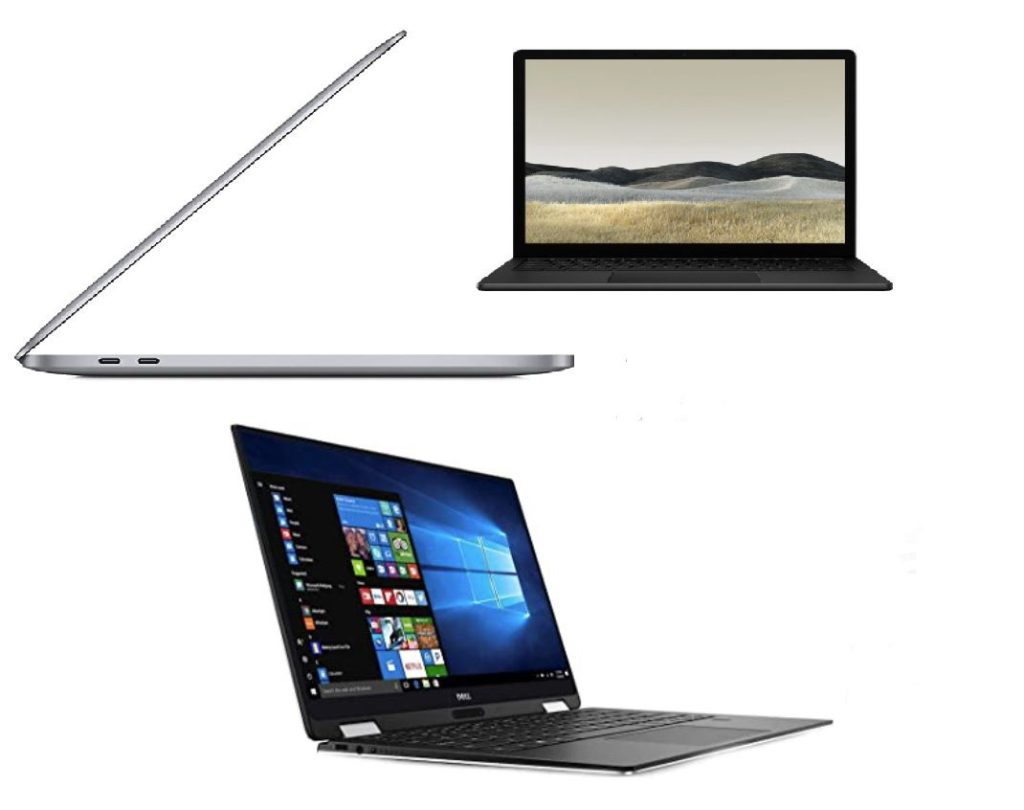
This image is property of www.lifewire.com.
Ultrabooks and MacBooks
Comparing MacBooks and Ultrabooks
MacBooks, the laptops manufactured by Apple, share several similarities with ultrabooks in terms of their design, performance, and portability. Like ultrabooks, MacBooks feature sleek and lightweight designs, boasting premium build quality. They also prioritize long battery life and deliver powerful performance, thanks to Apple’s optimized hardware and software integration. Additionally, both ultrabooks and MacBooks often sport high-resolution Retina displays, providing stunning visuals for various multimedia tasks.
Why Ultrabooks are Often Compared with MacBooks
The frequent comparison between ultrabooks and MacBooks stems from their common ground in terms of premium aesthetics, portability, and overall user experience. Both devices appeal to individuals who value elegance, performance, and reliability. The competition between ultrabooks and MacBooks has led to continuous innovation and improvement in both categories, benefitting consumers with a wider range of options to choose from. Whether one prefers the macOS ecosystem or the flexibility of Windows, the choice between an ultrabook and a MacBook ultimately comes down to personal preference.
Apple and the MacBook Air: An Ultrabook?
The MacBook Air, often considered the pioneer of the ultrabook form factor, has been a trendsetter in the tech industry. With its slim design and lightweight construction, it set a benchmark for the ultrabook category before Intel even coined the term. While the MacBook Air may not be officially categorized as an ultrabook, it exemplified many of the defining characteristics of ultrabooks, such as thinness, portability, and premium build quality. It played a significant role in inspiring the development of ultrabooks by other manufacturers.
Ultrabooks and Chromebooks
Similitude and Differences Between Ultrabooks and Chromebooks
Ultrabooks and Chromebooks share some similarities, but they also have several fundamental differences. Both categories offer lightweight and portable devices, ideal for users seeking mobility and convenience. However, the main distinction lies in their operating systems and software ecosystem. Ultrabooks typically run on Windows or macOS, providing access to a wide range of applications and software. Chromebooks, on the other hand, utilize the lightweight Chrome OS, which is primarily web-based and relies heavily on cloud storage and web applications.
Are All Chromebooks Ultrabooks?
While some Chromebooks may resemble ultrabooks in terms of their slim and lightweight design, not all Chromebooks can be classified as ultrabooks. The term “ultrabook” is specific to devices that meet Intel’s strict specifications, focusing on performance, build quality, and portability. Chromebooks, designed primarily for web-based tasks and cloud computing, may not always meet these specifications. Consequently, an ultrabook will offer a more versatile and feature-rich experience compared to a Chromebook, which is specifically tailored for users who primarily work on web-based applications.
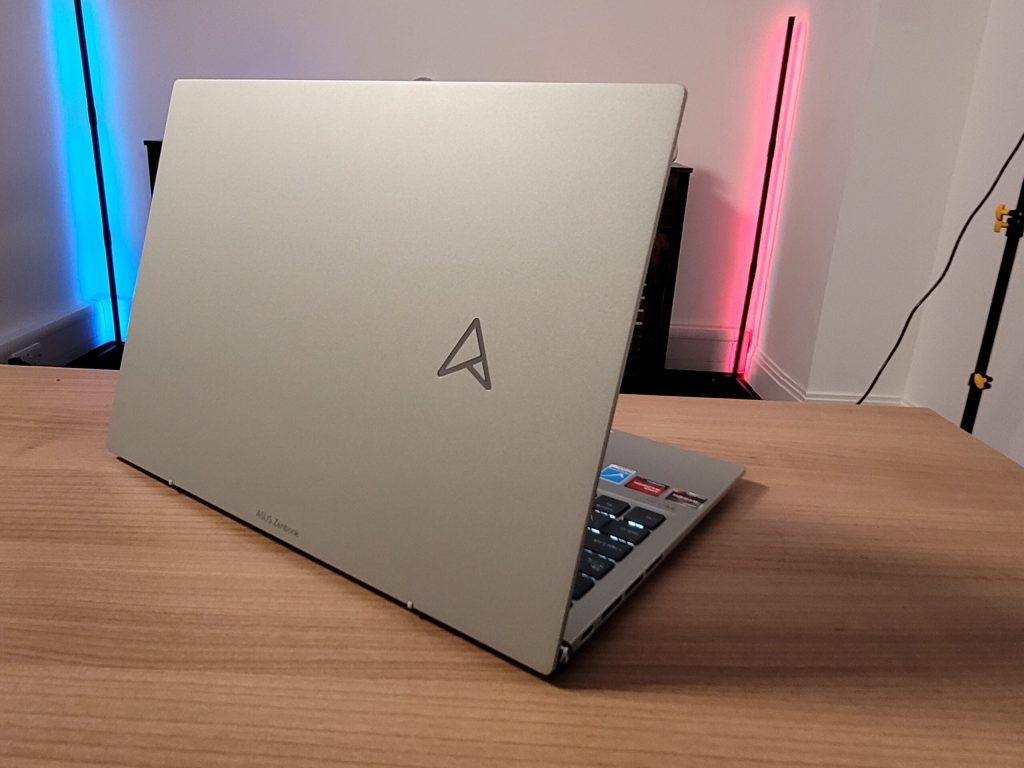
This image is property of www.trustedreviews.com.
Ultrabooks and Windows Laptops
Confusion Between Ultrabooks and Windows Laptops
The terms “ultrabooks” and “Windows laptops” are often used interchangeably, leading to confusion among consumers. While it’s true that most ultrabooks run on the Windows operating system, not all Windows laptops adhere to the specific criteria to be classified as ultrabooks. Ultrabooks are a distinct category within the larger spectrum of Windows laptops, designed with a focus on portability, performance, and aesthetic appeal. It’s important to consider the specific specifications and build quality of a device before labeling it as an ultrabook or a traditional Windows laptop.
Are all Windows Laptops Ultrabooks?
Unlike ultrabooks, not all Windows laptops can be categorized as ultrabooks. Windows laptops encompass a vast range of devices, varying in size, weight, specifications, and build quality. While some Windows laptops may meet the ultrabook specifications and exhibit similar characteristics, others may prioritize different aspects such as gaming capabilities, extensive connectivity options, or affordability. It is crucial for buyers to assess each device individually, considering their specific needs and preferences before concluding whether it falls within the ultrabook category or not.
Ultrabooks in the Enterprise
Deployment of Ultrabooks in Businesses
With their lightweight design, powerful performance, and robust security features, ultrabooks have found widespread adoption in the business landscape. Their portability allows executives and employees to work seamlessly from anywhere, while their performance capabilities ensure efficient multitasking and productivity. Ultrabooks can be easily integrated into corporate IT infrastructures, enabling seamless connectivity with other devices and secure data management. As a result, businesses are increasingly deploying ultrabooks to enhance productivity, streamline workflows, and enable remote work capabilities.
Advantages of Ultrabooks in the Enterprise
Ultrabooks offer several advantages for enterprise use. Their lightweight form factor enables employees to carry them effortlessly during business trips or commute. Moreover, the long battery life ensures uninterrupted productivity throughout the workday, reducing the need for frequent recharging. Ultrabooks’ fast boot-up and multitasking capabilities enable employees to quickly switch between applications and perform tasks swiftly. Additionally, the robust security features, such as biometric authentication and data encryption, provide enhanced protection for sensitive business data, fostering a secure work environment.
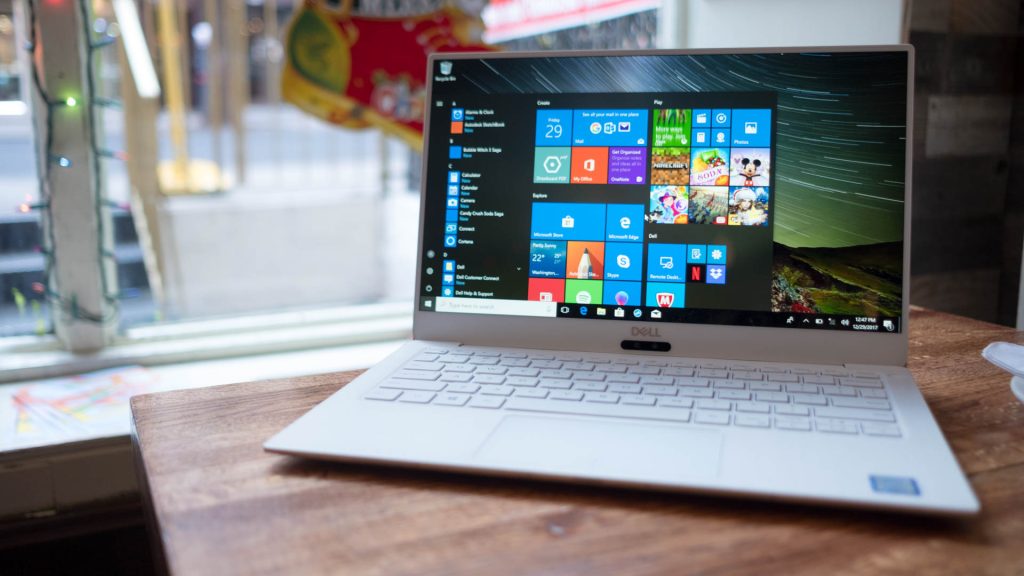
This image is property of cdn.mos.cms.futurecdn.net.
Ultrabooks in Personal Use
Ultrabooks for Everyday Tasks
Ultrabooks are well-suited for a wide range of personal computing tasks. Their lightweight build and portability make them a convenient choice for everyday use, whether it’s browsing the internet, streaming movies, or checking emails. The high-resolution displays and powerful processors enhance the multimedia experience, allowing users to enjoy crisp visuals and immersive sound. With their ample storage capacity, ultrabooks provide sufficient space for storing personal files, photos, and videos. Whether you’re a student, a professional, or a casual user, an ultrabook can cater to your daily computing needs.
Specific Use Cases of Ultrabooks in Personal Computing
Ultrabooks cater to specific use cases in personal computing due to their unique combination of design, performance, and portability. For students, ultrabooks offer the flexibility to take notes, write assignments, and conduct research on the go, without the burden of carrying heavy textbooks. Professionals can leverage ultrabooks for various tasks such as creating presentations, managing spreadsheets, and attending video conference calls. Additionally, creative individuals can utilize the high-resolution displays and powerful processors for tasks like graphic design, photo editing, and video rendering. The versatility of ultrabooks allows users to tailor their computing experience based on their specific requirements.
Future of Ultrabooks
Emerging Trends in Ultrabook Technology
As technology continues to advance, ultrabooks are expected to witness significant improvements in various aspects. Manufacturers will likely focus on further reducing the weight and thickness of ultrabooks, making them even more portable and sleek. Raising the bar in terms of performance, ultrabooks may incorporate more powerful processors, increased RAM, and larger storage capacities. Moreover, advancements in display technology, such as OLED or mini-LED, will result in enhanced visuals and improved color accuracy. Additionally, future ultrabooks may feature innovative input methods and connectivity options to enhance user interaction and productivity.
Expectations of Ultrabooks in the Future
In the future, ultrabooks are expected to become even more integral to our daily lives, bridging the gap between laptops and tablets. The convergence of various technologies, such as 5G connectivity, artificial intelligence, and extended reality, will transform the capabilities of ultrabooks. Users can expect seamless integration with smartphones and other smart devices, enabling a more connected and efficient workflow. The integration of advanced security features, such as facial recognition or iris scanning, will ensure robust data protection. Overall, the future of ultrabooks holds exciting possibilities for users seeking powerful, mobile, and versatile computing solutions.
In conclusion, ultrabooks have emerged as an innovative and highly sought-after category in the world of laptops. Their lightweight design, powerful performance, and long battery life make them the ideal choice for professionals, students, and everyday users. As technology continues to evolve, ultrabooks are expected to push the boundaries of design, performance, and connectivity, catering to the ever-changing needs and demands of users. Whether you’re looking for a device to support your work or personal computing endeavors, an ultrabook offers a compelling blend of style, functionality, and portability.
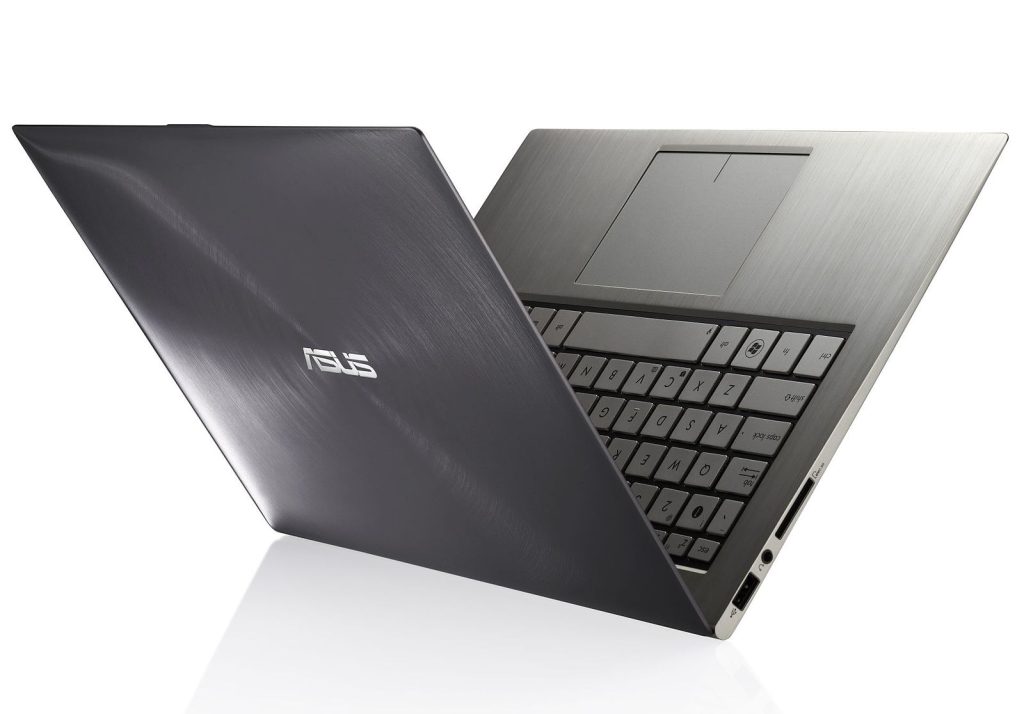
This image is property of cdn.differencebetween.net.







